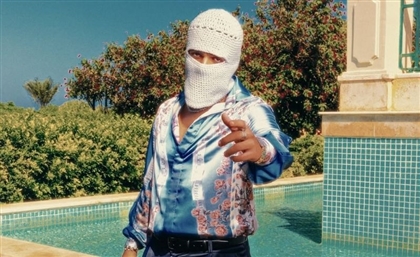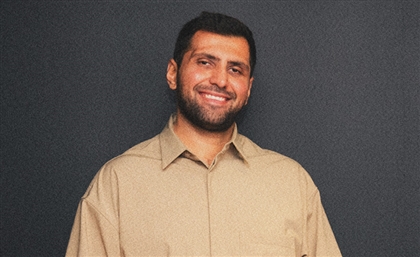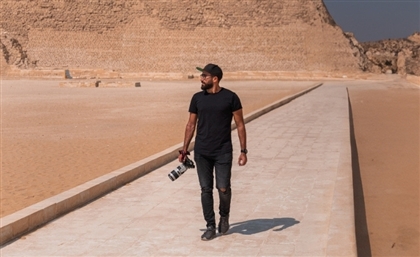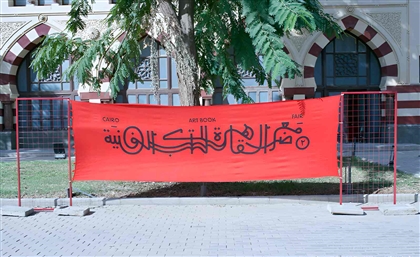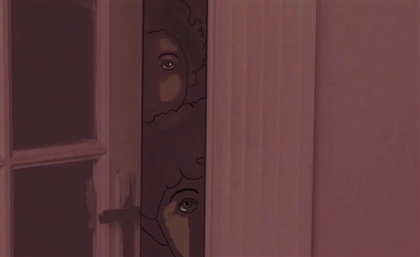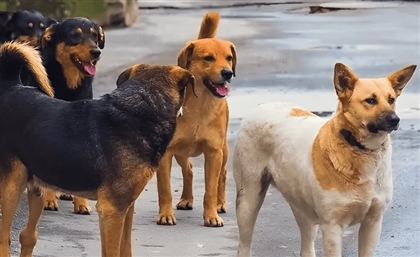Meet the Bona Fide Illustrator Behind Tul8te & Cairokee’s Album Art
We talked to Cairo-based artist Muhammad Mustafa about his philosophy, approach to visual art, and how he created such era-defining album covers.
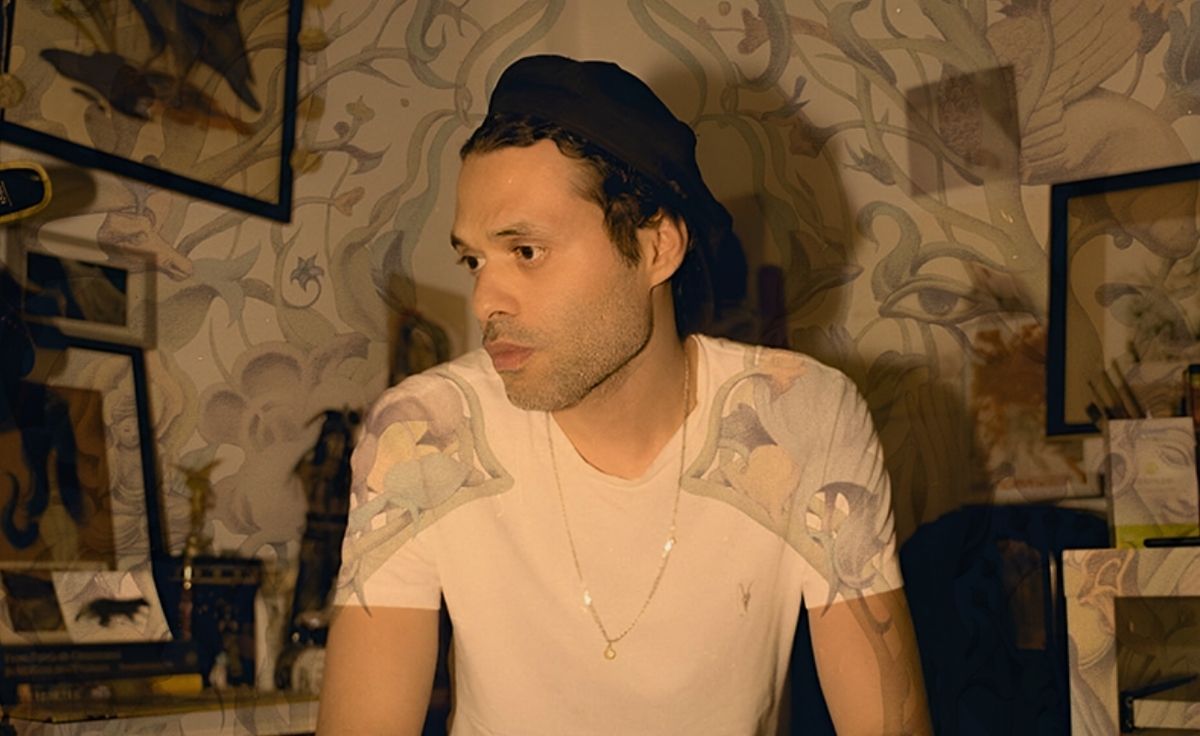
Album covers have been a cultural obsession as long as the music itself has. It’s a long-time affair for music fans and a crucial part of the history of music across the globe, not just the region. Too often, though, the talents behind them, whether photographers, designers, visual artists or illustrators, never get the flowers they deserve. One such illustrator is Muhammad Mustafa.
In Cairo’s restless creative underground, Muhammad Mustafa has quietly become one of Egypt’s go-to names for album art. His credits include the cover for Cairokee’s ‘Roma’, Marwan Pablo’s ‘CTRL’ and most recently, Tul8te’s ‘Nareen’.
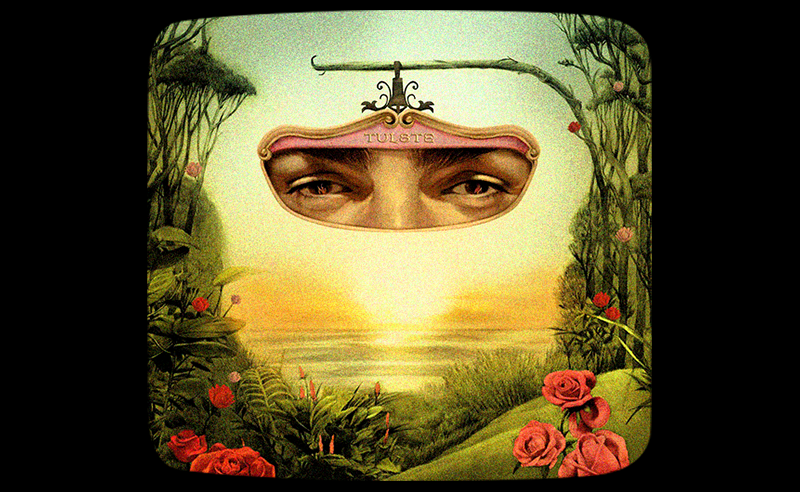
But surprisingly enough, Mustafa never set out to become so. He studied painting and sharpened his skills in the cutthroat world of advertising, spending years sketching campaigns for major brands across Egypt, the UAE and Bahrain, before getting sucked into the orbit of music. Within just a few years, he has gone from ad-world draftsman to the illustrator quietly shaping the looks of some of Egypt’s most important records.
Mustafa's first commission came almost by chance. He had been a friend of the Cairokee crew for years, and one day the frontman, Amir Eid, asked him to try working on an illustration for their then-new album ‘Roma’, which would later come to be a frame for the band’s era-defining chapter. The album’s themes - dense, layered, oblique and deeply personal - proved a huge challenge for him to translate into a visual. It was one of the projects that tested him the most. “It was hard to draw,” he recalls. “There was a lot of complex symbolism in there, so it needed something abstract. I remember one day I woke up and thought, ‘I don’t even know how I did that.’ But it was done.”
What sets him apart, though, is that he has no particular approach or fixed style whatsoever to impose on the cover art. It’s purely a freestyle illustration that comes to him in the spur of the moment. “The image always ends up looking like the subject I’m discussing,” Mustafa says. “It has to come naturally from the music itself. It’s not about me forcing a style. It needs a certain kind of transparency.” However, his process is ritualistic, irrespective of the project. “I start by listening to the album with no preconceived ideas,” he says, “I let the type and sound of music spark random visuals in my mind.” From there come the sketches, then back-and-forth with the artist, refining until the picture matches the feeling and the intention with which the album was initially made.
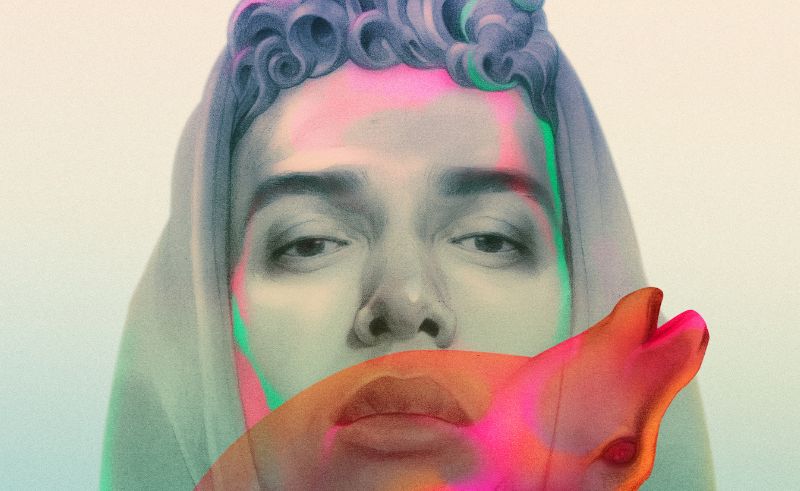
“My approach is transparent,” he says. “It makes it easier to defend the language I created because, from the start, the music drew the picture.” And if the brief drifts too far from that logic? He’s comfortable stepping away. “Sometimes I pass on projects… not because of the person, but because what they need is far from what I honestly do.” He’s also not precious about genre, either. When asked whether certain styles are easier for him to interpret, he shrugged it off. “My connection is with the value of the music, not the genre,” he says. “Is it shallow, or does it have substance? That’s it.”
When it came to pinning down a definition of his style, Mustafa resisted even mapping it out. Although, he admitted, certain impulses and treatment may recur. “There are certain keywords that remain consistent, even though I don’t do it intentionally,” he says. “Maybe it’s my personality when I work, like a subliminal poetic essence.”
This showed through his work with Cairokee and Tul8te, albeit with notable differences: one project leans into nocturnal vibes and layered abstract visuals, while the other is simple, with warm summer textures. Different genres, yet the same operating principle. It's a deceptively simple principle that explains why his visuals cut through the digital noise even when shrunk to a few pixels. In his words, “It should be clear on a small scale and still have the same impact on a bigger one.”
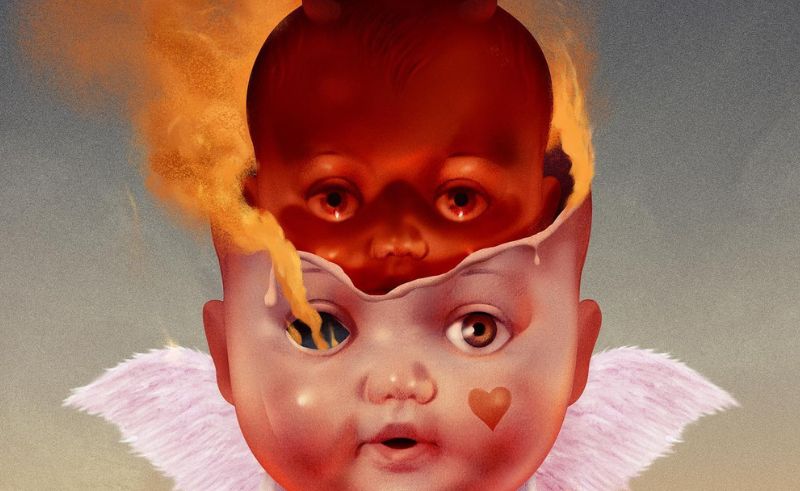
That clarity defined his work on Tul8te’s 'Nareen'. Mustafa began, as always, with the music. Then came the sketches, which Tul8te himself pushed toward warmer tones. The initial cover was almost the same as the final product, featuring saturated gradients that mimicked the burn of summer light. Tul8te’s masked face is woven into a background of baby-blue sky. “The core concept was to portray the dual nature of love, joy and pain,” Mustafa says. “But it had to be done in a very simple, transparent way that mirrored Tul8te’s character. I wanted to focus on the music and incorporate the mask subtly, without drawing it overtly.”
But, Mustafa doesn’t over-theorise what he does. He simply listens, draws, argues when it matters or walks away when it doesn’t, and keeps the image clean enough to survive the scroll. There are no influences or big complicated elements that affect his approach. He sees cover art as simply a complementary extension that goes hand in hand with the music, and so he has no fixed agenda, constantly adapting his approach accordingly, creating his artworks as a collaborative process with the musicians to build a visual memory that lets you see what you already felt when you heard the music.
- Previous Article Egypt’s Entrepreneur Awards Opens Applications for Fifth Edition
- Next Article Six Unexpected Natural Wonders to Explore in Egypt
Trending This Week
-
Dec 12, 2025







